Aimee Keushguerian, Managing Director at Keush Wines, a company producing sparkling wines in Armenia, was the guest of “Meet the winemaker” traditional series of In Vino wine shop, bar and club.
Her father, Vahe Keushguerian, founded Keush in 2013. He was the first in Armenia to start making sparkling wines using the traditional method of the Champagne region of France.
Image by: Mediamax
“My father has long been interested in the idea of making sparkling wines using the traditional method in Armenia. At first, he thought of starting the production by growing French Chardonnay or Pinot Noir grapes, which are traditionally used for making champagnes and sparkling wines, but then he realized that Armenian grapes have great potential for the production of these wines,” Aimee Keushguerian told GastroVino.
From the very beginning they decided that Keush should produce only sparkling wines.
Image by: Mediamax
Keush has 3 types of sparkling wines: Keush Origins white, Keush Cuveé Chouchane rose and Keush Ultra blanc de noir - a white wine made from red grapes.
Keush Origins is made from Voskehat and Khatouni grape varieties, Keush Cuveé Chouchane - from Areni grapes. The other white version of Keush - blanc de noir - is also made from Areni, but with a slightly different technology. The juice of Areni grape variety is white, and the skin has color pigments. To make red wine, we leave the grapes with the skins for a longer period of time to soak these pigments into the juice.
Aimee Keushguerian | Image by: Mediamax
To make white wine from Areni, we quickly remove the skin from the grapes, leaving only the juice, but still, it doesn’t get as white as we usually get from the white grape variety, it has a little coloring. Our blanc de noir has a honey-gold color,” explains Aimee.
Image by: Mediamax
Keush uses only grapes grown in Khachik village of Vayots Dzor province for its wines. The village is home to panoramic mountains capes and the highest elevation vineyards located 1750 m above sea level. The vineyards are un-grafted, 100-120 years old, and the grapes are sour and perfect for making sparkling wines.
Image by: Mediamax
Sparkling wine differs from other types of wine in the final stage of its production technology. The most popular methods of sparkling wine production are the methods of the Champagne region of France and Prosecco. Keush uses the method of the Champagne region of France.
Image by: Mediamax
“The peculiarity of this method is that at first, we make a still base wine, then, to make a sparkling wine, add liqueur de tirage - a liquid solution of yeast, wine and sugar - in order to create the secondary fermentation in bottle, then seal the bottle with a beer bottle cap. The process lasts 20-25 days, the yeast starts “consuming” the sugar, releasing alcohol and CO2, which is trapped inside the bottle, it dissolves into the wine, thus creating bubbles. The peculiarity of the method is that the second fermentation triggered by the yeast happens inside the bottle. The bottle fermentation transforms still wine into sparkling wine,” explains Aimee.
Aimee Keushguerian | Image by: Mediamax
According to her, the traditional method is generally the most expensive, labor-intensive, and time-consuming, requiring individual work with each bottle, that’s why not everyone prefers this method.
“The opened bottle of sparkling wine loses carbon dioxide and becomes still wine, that’s why it’s better to open the bottle and drink it right away,” says Aimee Keushguerian.
Image by: Mediamax
Aimee Keushguerian says that Keush will continue to experiment with grape varieties from different regions to see how which variety adapts to the traditional method of making sparkling wines.
Arpi Jilavyan
Photos: Elen Gasparyan


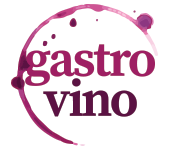
 ×
×
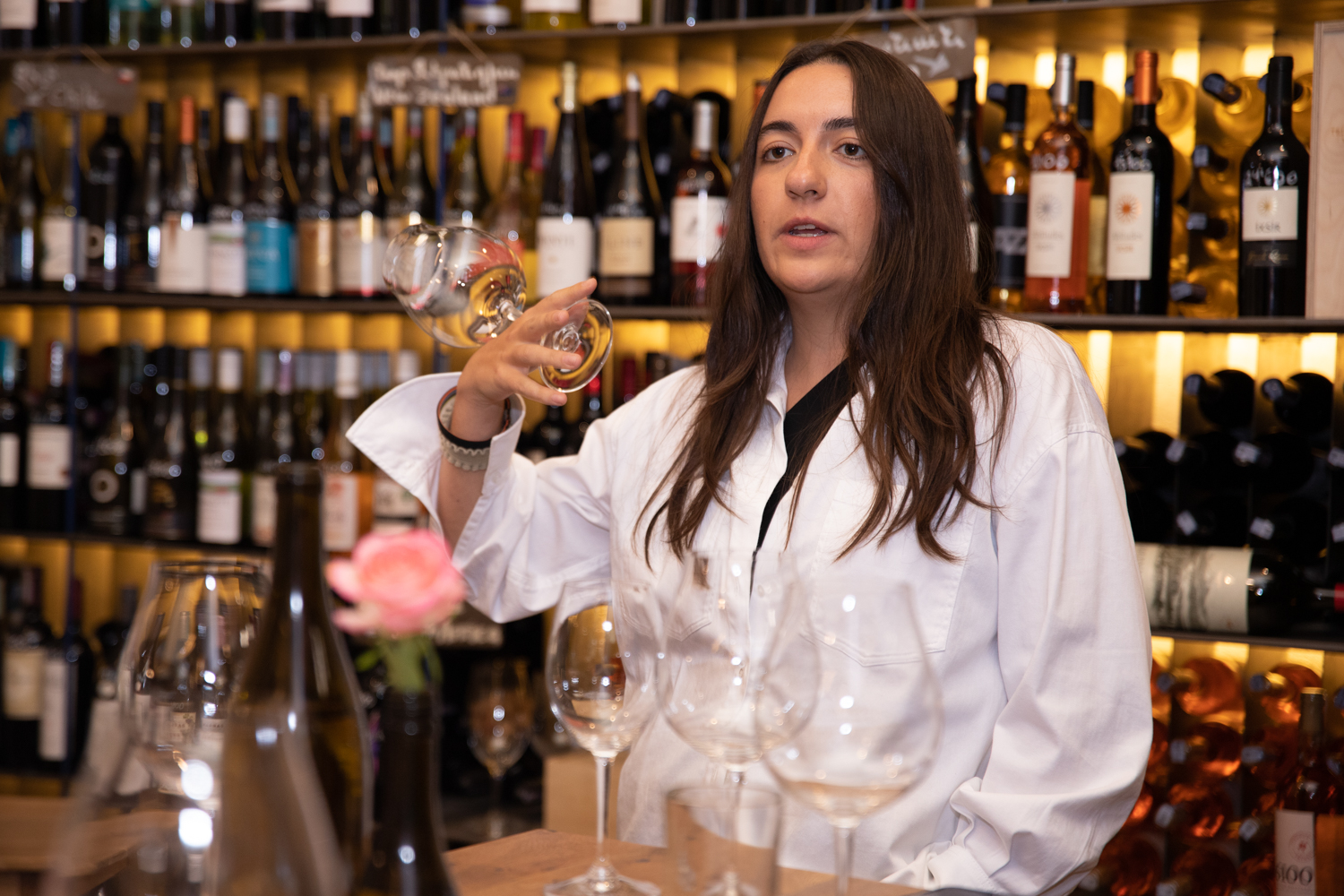

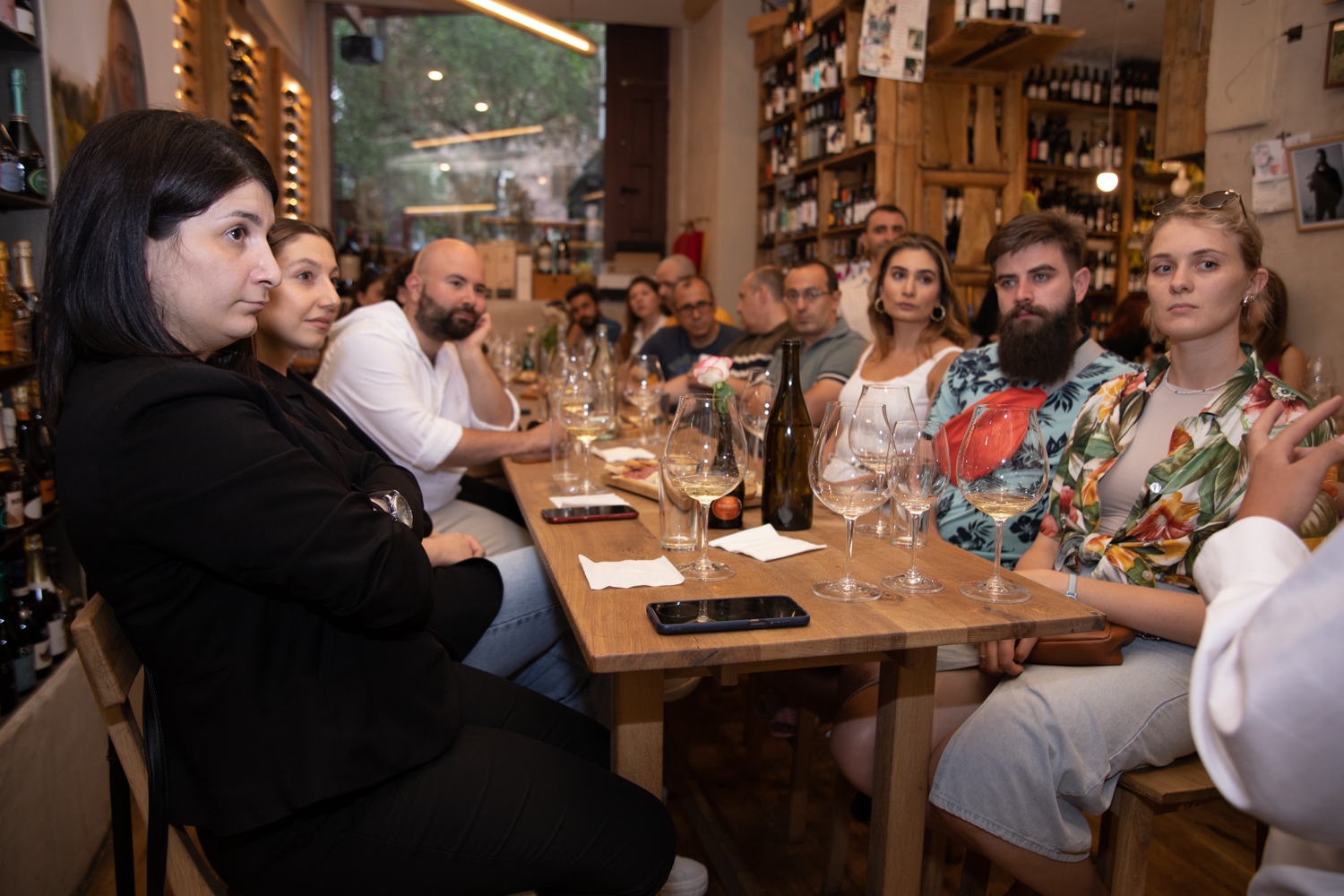
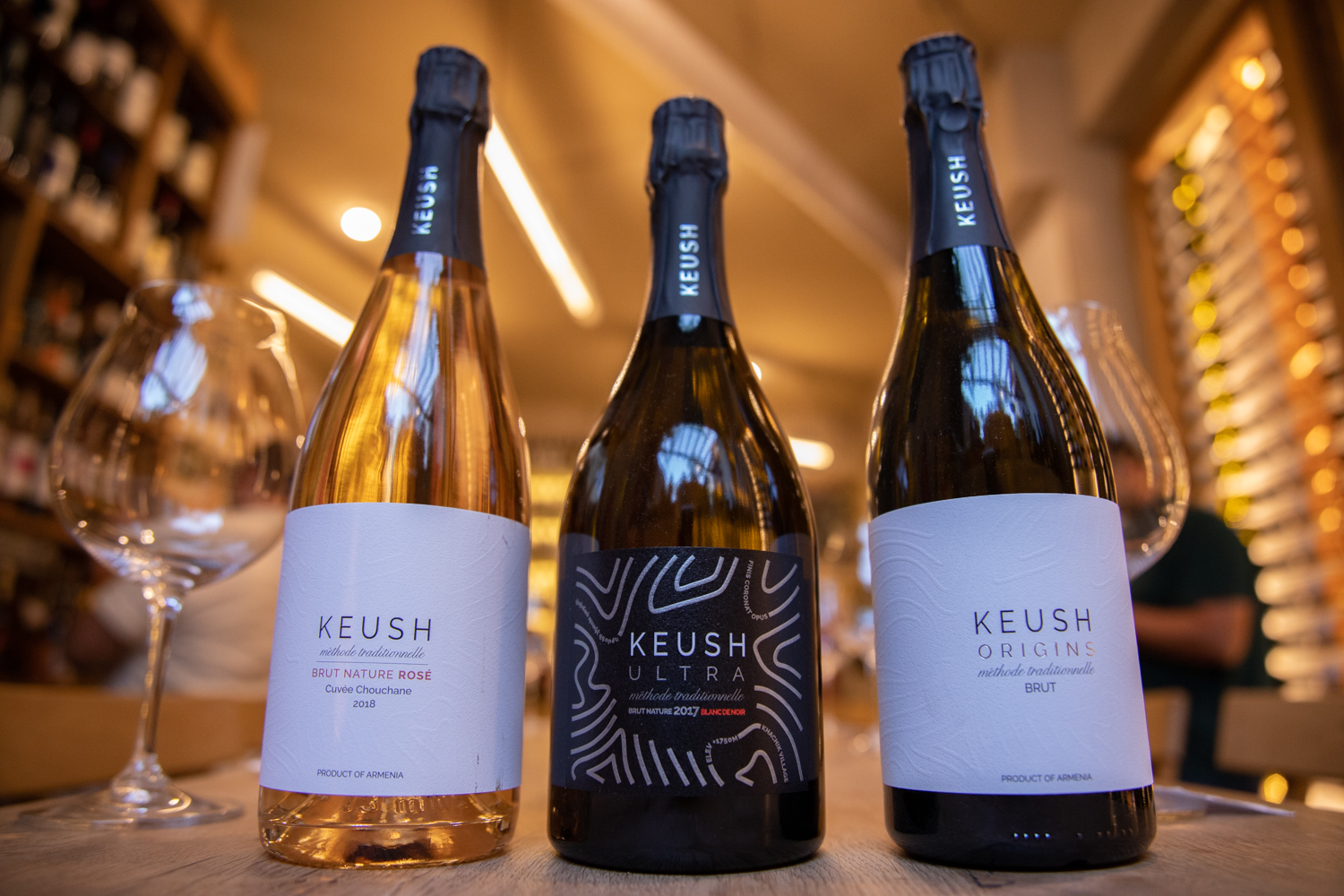

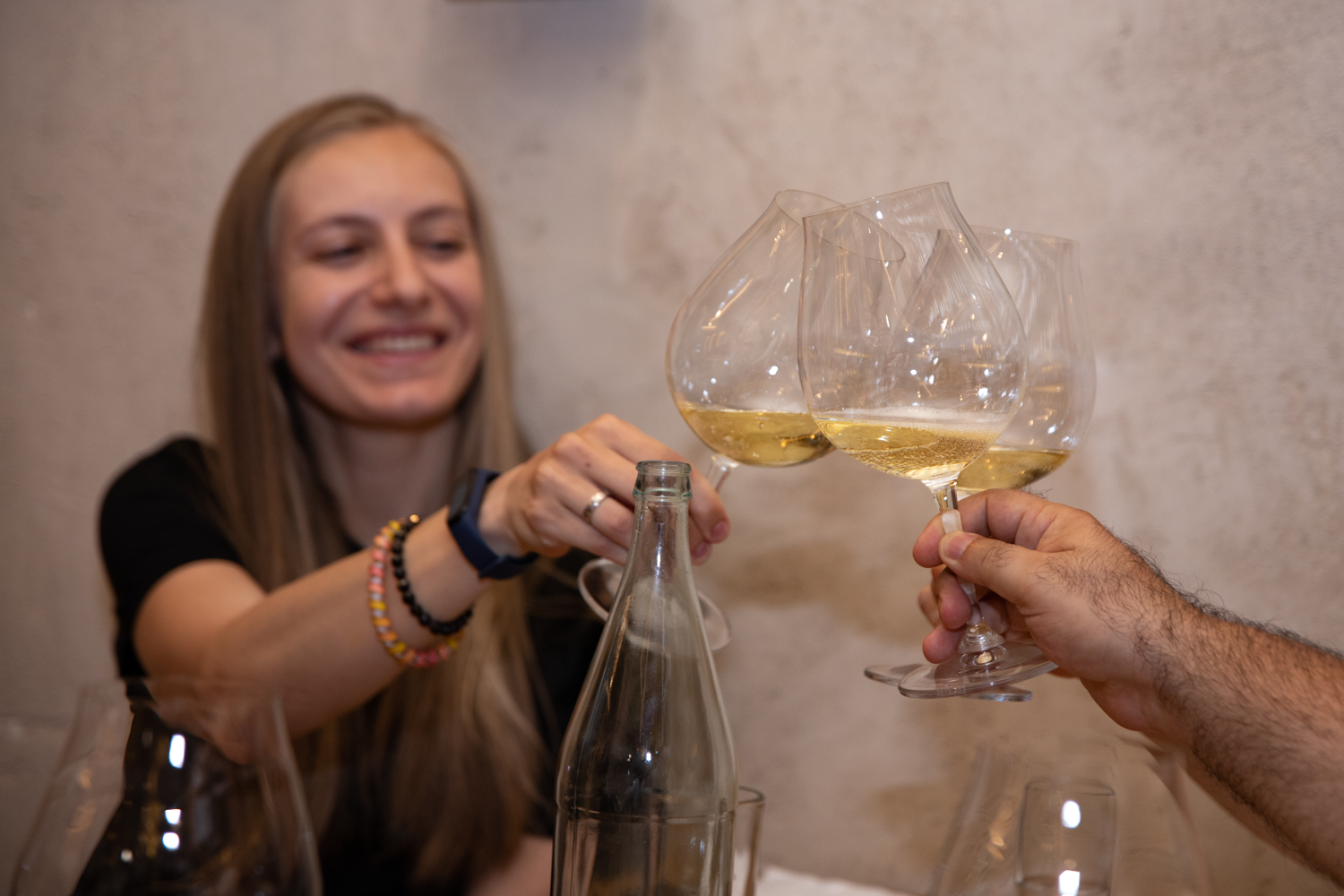
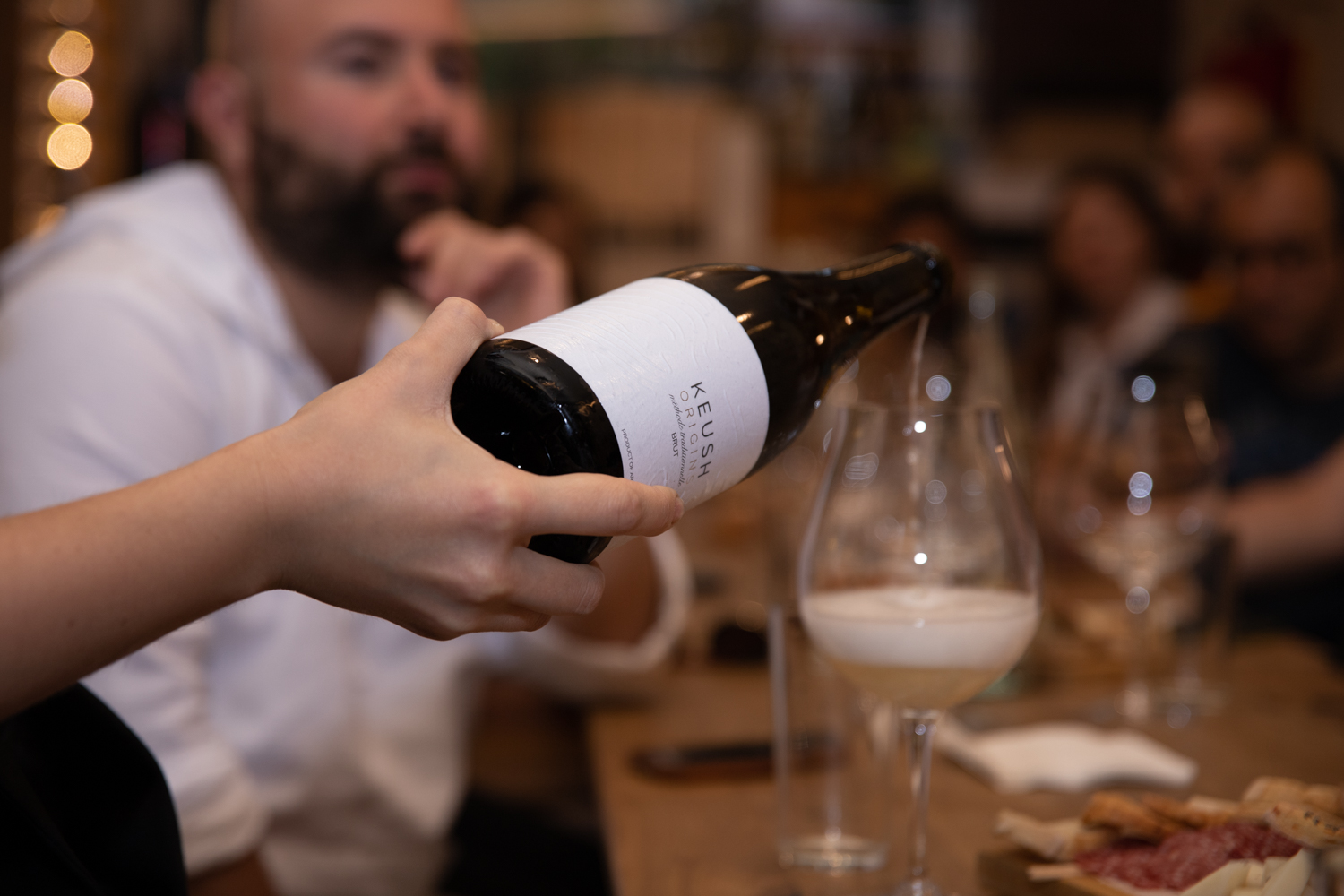
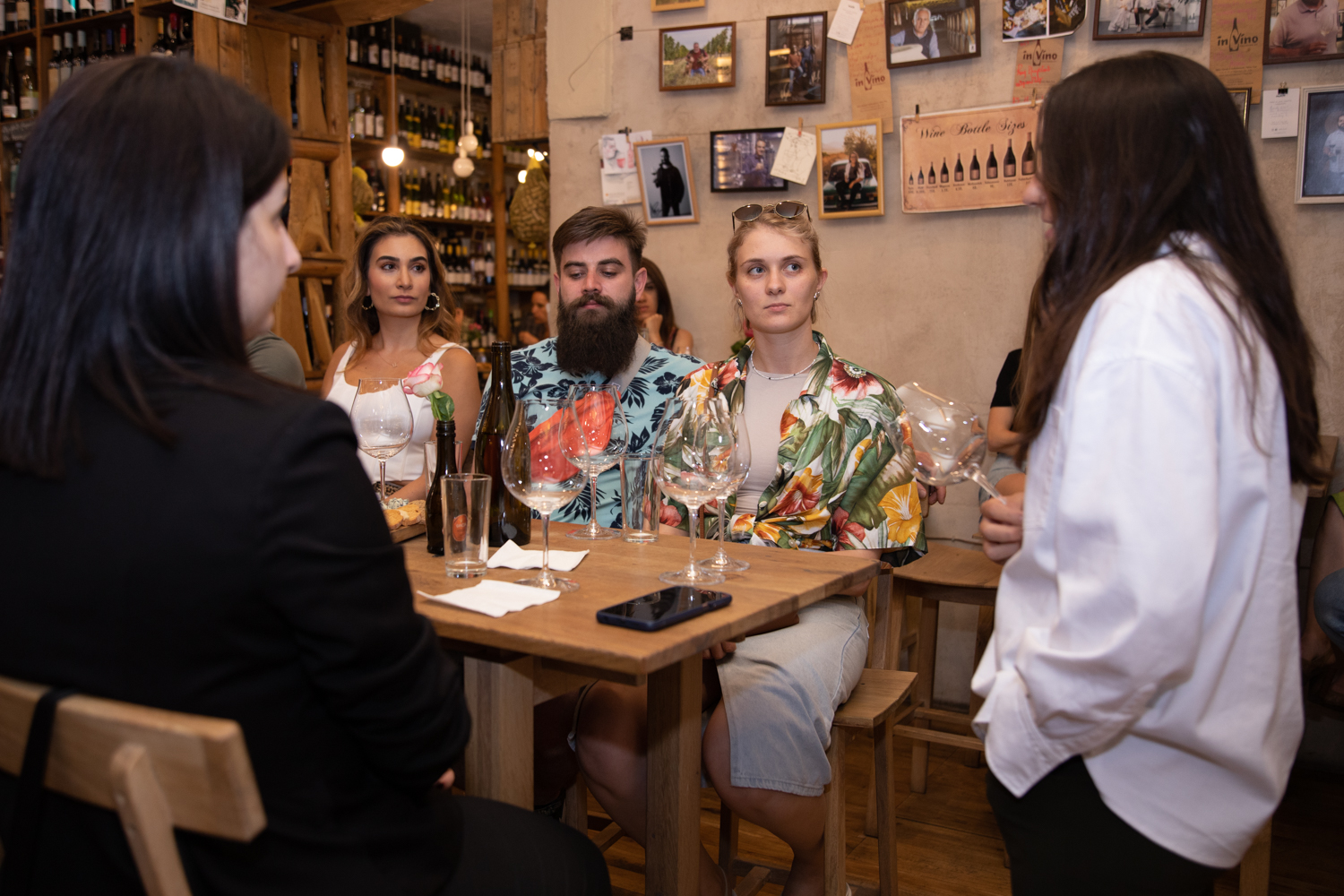
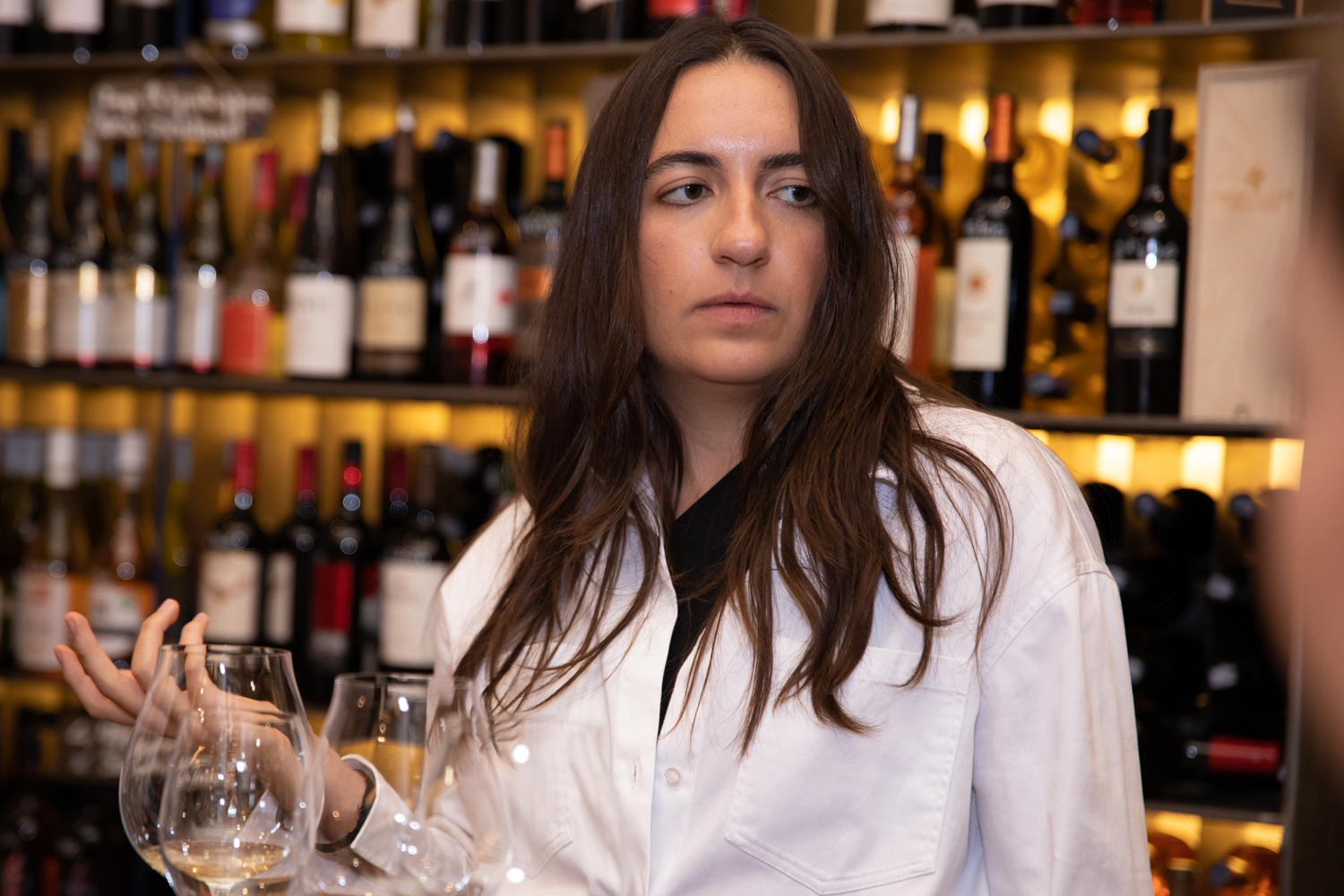
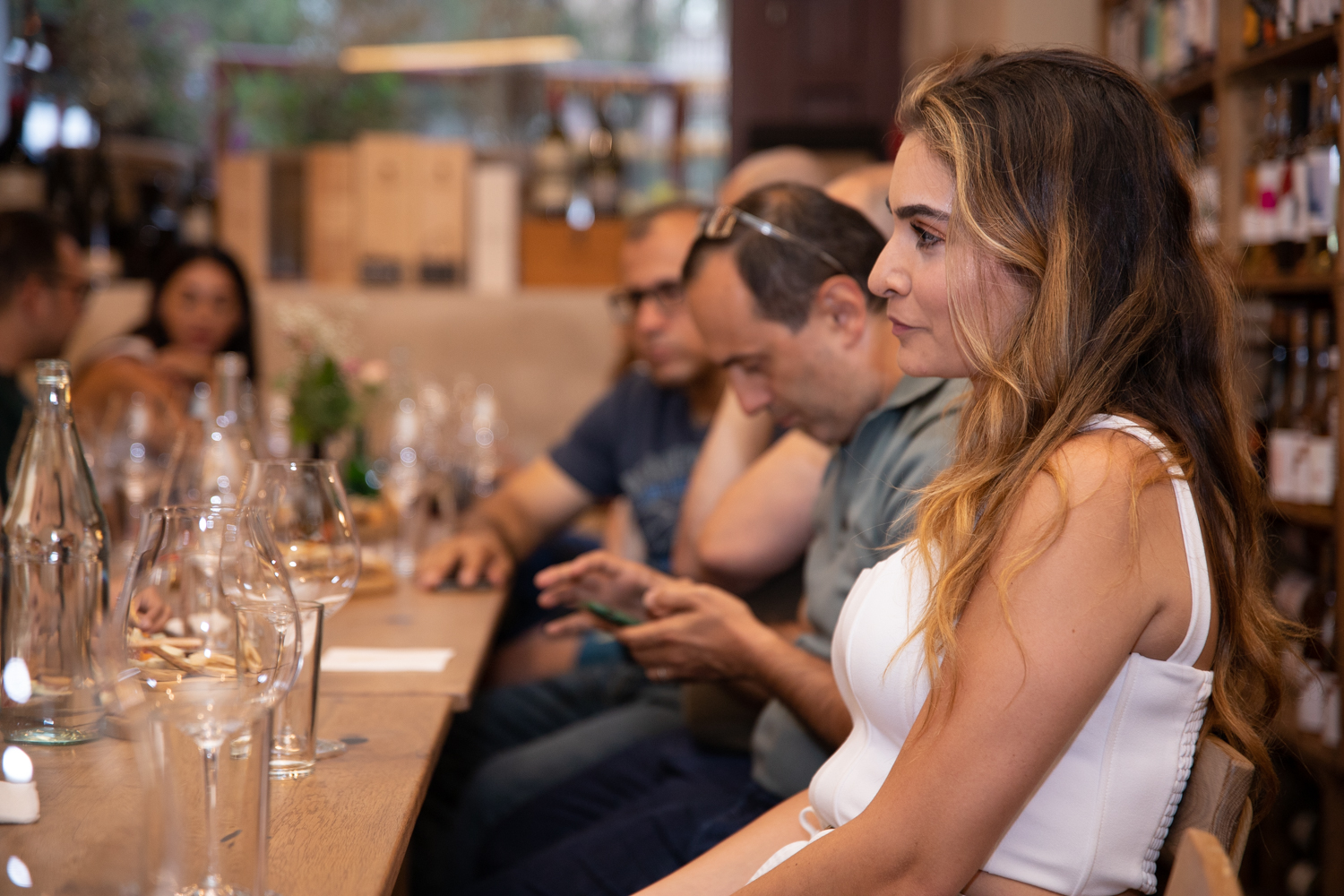


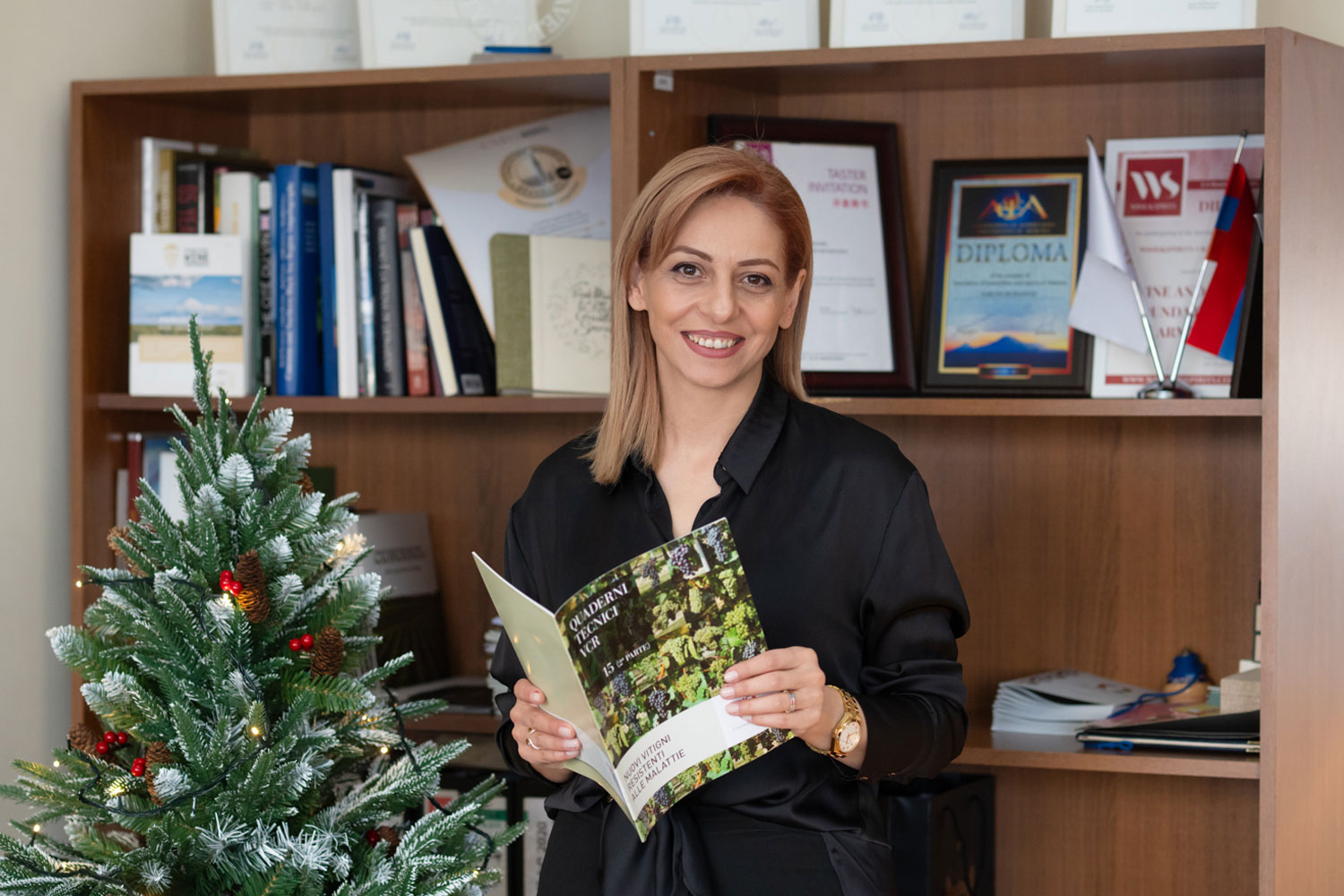

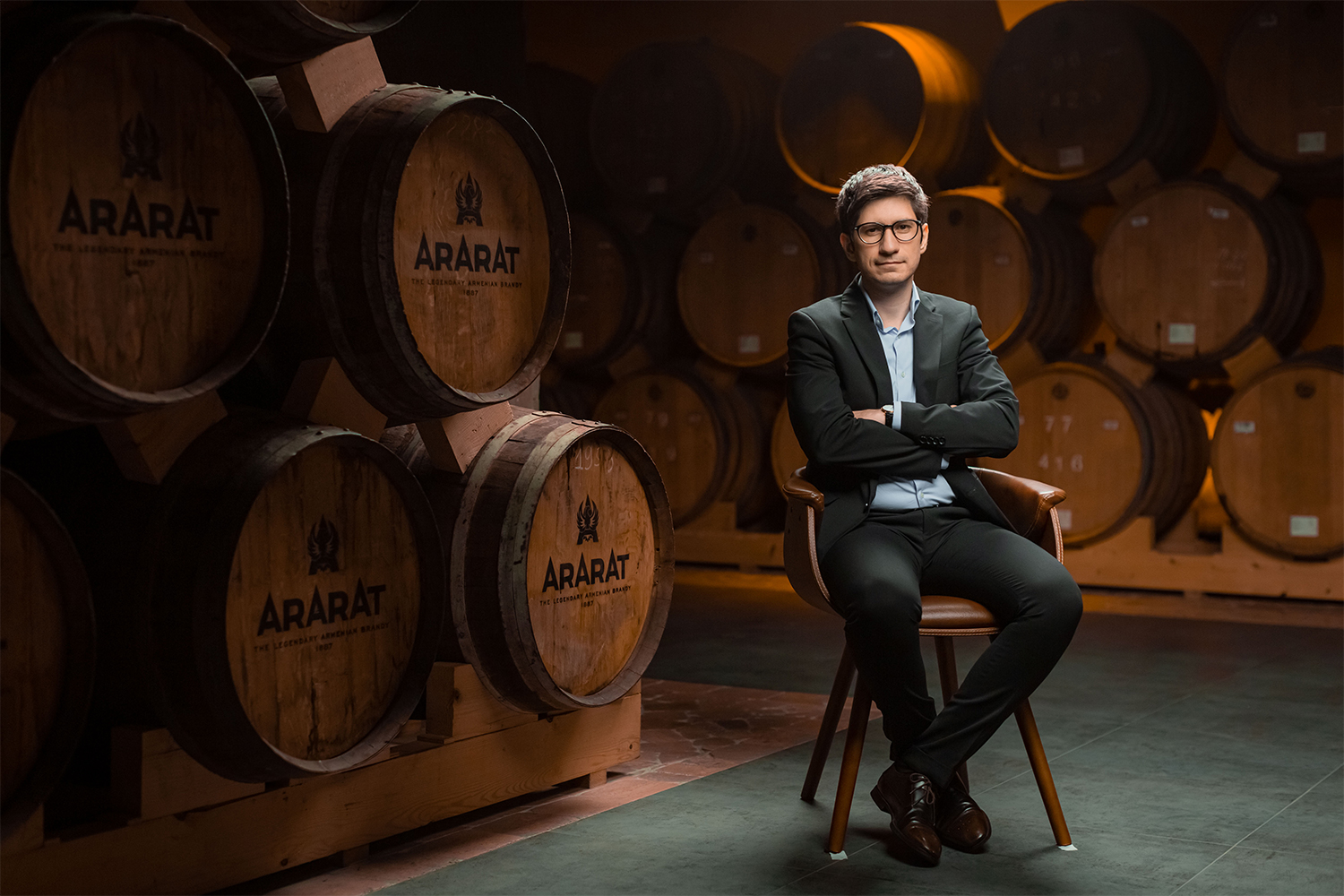



Comments
Dear visitors, You can place your opinion on the material using your Facebook account. Please, be polite and follow our simple rules: you are not allowed to make off - topic comments, place advertisements, use abusive and filthy language. The editorial staff reserves the right to moderate and delete comments in case of breach of the rules.